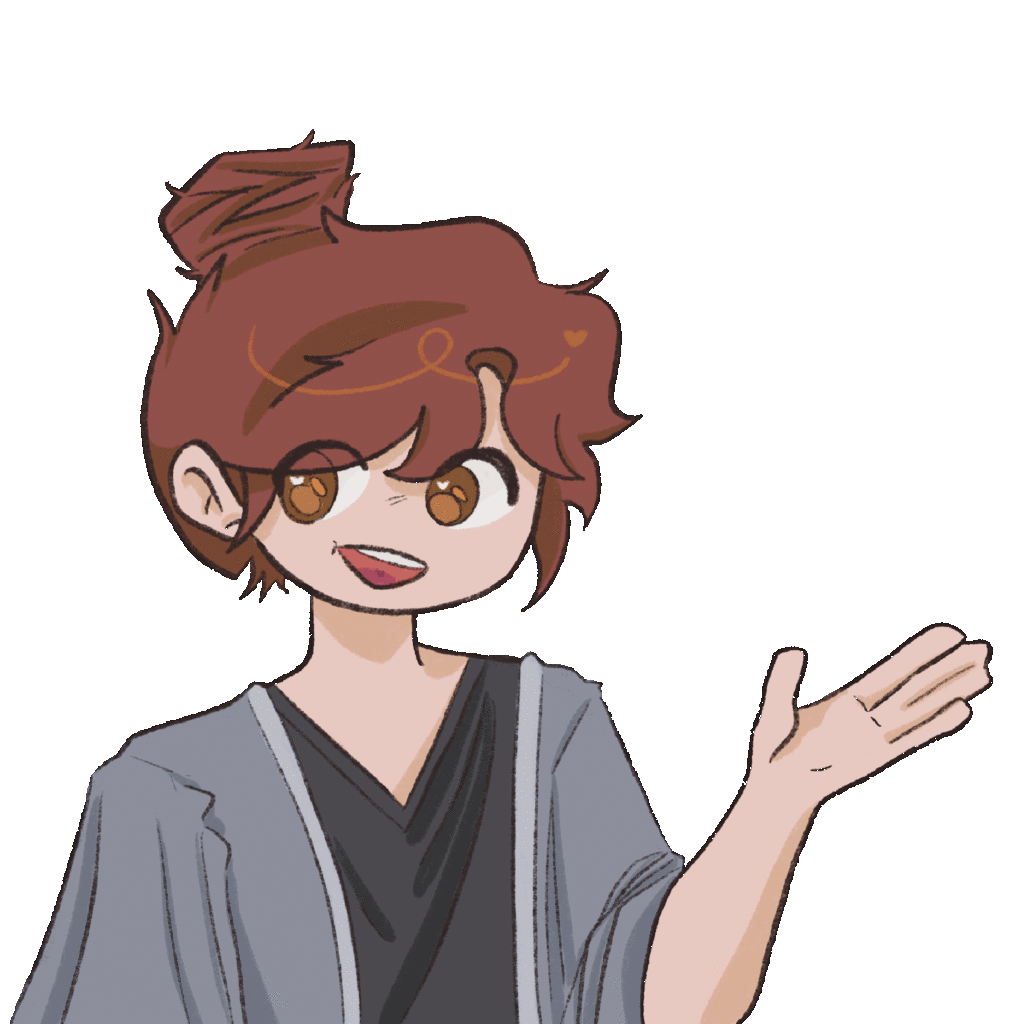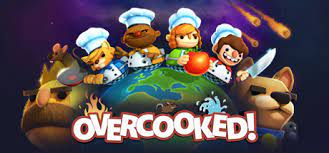- Will people find our game engaging in a group setting?
- Being that our game is aimed to be a party game, we want to ensure that it is best suited for large groups of people. This means easy instructions, quick play, high engagement, and versatile experience among users.
- Testing with different round time lengths, group sizes, and competitiveness features we can hope to understand how the group play of this game can differ
- I assume that our game will be very popular in a group setting. As a spinoff of whiplash (jackbox), this game is widely popular because it’s fully reliant on the users and their humor, making it very versatile.
- Are there parts of our game that don’t translate well?
- We want to make sure that the mechanics of the game are very smooth and logical. We want to identify and modify any parts of the game that are slow, disengaging, or confusing to help the overall player experience.
- This means that we should make a prototype that goes through all of the mechanics of the game that we hope to implement. For example, if we’re playing a game like Mafia, the prototype should include each part of the game from selecting the roles to the sequence from night time to daytime to the narrative storytelling to the deliberation among members and so on and so forth.
- I’m guessing that once we have a prototype with all the mechanics of the game we have to implement, there will be significant parts that we would want to modify or adapt to create a more unique or playable experience. I think it will help us understand which parts of our design could be changed to have the most impact.
- Does this game feel unique?
- A lot of our ideas are inspired from previously existing and very popular games. So we want to make sure that the game that we’re introducing is unique enough to convince people to play our game versus other pre-existing games.
- The type of prototype that could answer this question would be sort of like an A/B testing prototype. Here we could have multiple variations of the prototype that could either stray more closely or further away from games that it was inspired by. This could help us understand what level of influence we hope to keep within our game.
- I’m guessing that if we do some sort of comparative analysis with our prototypes, we will find a lot of overlap and a lot of similarities in certain areas. And I think that could help us ideate ways to modify our game or connect different games in order to create a gaming experience that is very unique and new.

The Mechanics of Magic
Game Design Writings by Students at Stanford taking 247G and 377G

